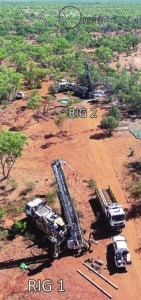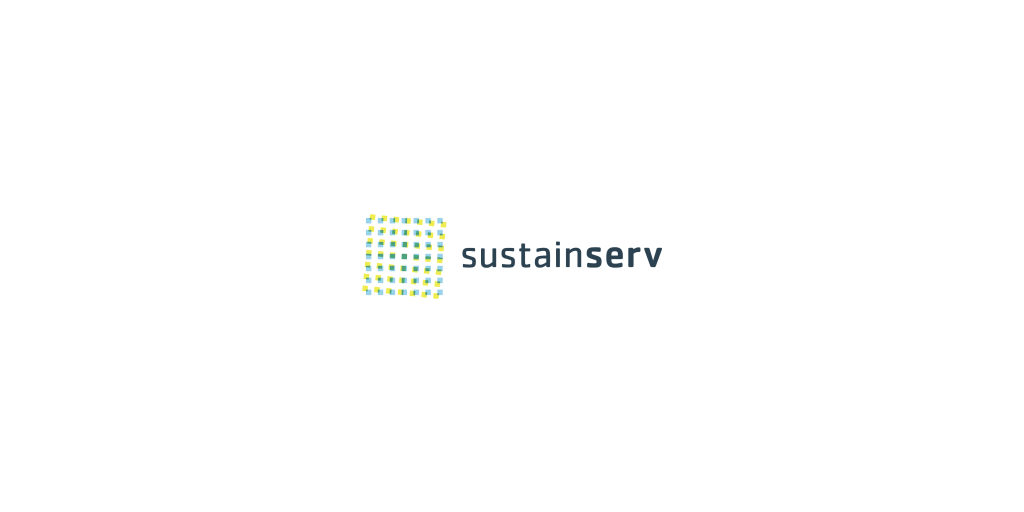An advanced private explorer has been operating largely under the radar in north-west Queensland, with two new high-grade mines due to enter production within three years.
Transition Resources has built itself a strong foothold of 1100km2 in the Cloncurry region of Queensland, with its Duck Creek and Highway projects turning heads for their high-grade multi-commodity profiles.
Driven by a business model that prioritises profitable copper over big copper, August 2023 saw Transition announce its maiden mineral resource estimate (MRE) for Duck Creek.
After just four-and-a-half months of drilling, the company was able to identify 5.44 million tonnes of indicated and inferred resources, containing 78,734 tonnes of copper at a head grade of 1.45 per cent.

Image: Transition Resources
With the ability to leverage existing infrastructure including adjacent road and rail, as well as nearby processing plants, Duck Creek requires minimal capital outlay to get these assets into production.
“Phase one of our Duck Creek operation is to toll treat the copper ore,” Transition founder and managing director David Wilson told Australian Mining.
“So we’re not looking at building a processing plant just yet – we’d rather get the ore straight into one of several underutilised mills in the region, such as Glencore’s Mount Isa concentrator.”
In its nearby Highway gold project, Wilson believes the Transition team has made one of the most significant greenfield discoveries in the Cloncurry region in the last 30 years, with high-grade gold and a unique suite of critical metals.
Transition anticipates releasing an MRE for Highway in early 2024, with internal estimates indicating the presence of over 100,000 ounces of shallow gold at a head grade of around 3.4 grams per tonne (g/t).
In addition to gold, the critical metals being unearthed at this new regional-scale Highway mineral system include tungsten, high-value rare earth elements (REEs) such as xenotime-hosted dysprosium and terbium (DyTb) and monazite-hosted neodymium and praseodymium (NdPr), as well as cobalt.
“We’ve only seriously drill-tested about one-and-a-half kilometres of our new Highway discovery,” Wilson said.
“Based on drilling and assays, regional surface chemical vectors, geological observations and geophysics, all evidence is pointing to the discovery of a 21-kilometre long, previously unknown epithermal gold system.
“Importantly, when you start thinking about epithermal gold, you have to start thinking about the presence of deeper porphyry systems.
“So suddenly our brownfield copper system, with hundreds of previously overlooked small-scale surface copper workings that parallel the Highway system, has a potential link to a previously unknown epithermal gold system.
“It’s a gamechanger for our Duck Creek tenements and the region more generally.”

Image: Transition Resources
Examples of gold-rich drill intervals at Highway include 11m at 9.6g/t gold from 31m, and 18m at 5.8g/t gold from 43m. High-grade intervals include 4m at 23.2g/t gold from 33m and 3m at 28.9g/t gold from 36m.
Notable tungsten drill intervals include 22m at 0.6 per cent tungsten trioxide (WO3) from 152m, including 8m at 1.6 per cent WO3, and 22m at 0.4 per cent WO3 from 83m.
Stand-out REE intervals include 3m at 20,279 parts per million (ppm) total rare earth oxides and yttrium, including 4941ppm NdPr oxides and 188ppm DyTb oxides from 82m.
Transition’s exploration successes can be put down to its five-year research and development (R&D) program which focused on finding new ways to target mineral discoveries.
“Through our R&D, we’ve come up with an alternative mineral system model for the region,” Wilson said. “We’ve spent about $14 million on this so far.
“Our new model is telling us to look for different metal suites, to use different geochemical vectoring and exploration methodologies, and to interpret geophysics with a new focus.
“In late October 2022, we conducted our first commercial test of our R&D at the Duck Creek project – where many explorers have come and gone in the past – and in just over four months of drilling we established resources of more than five million tonnes at around one-and-a-half per cent copper – and we have barely scratched the surface.”
According to Wilson, of the 207 high-priority targets identified from new R&D-based modelling, Transition has drill tested just 20 targets and intersected high-grade copper at 16 of them. Ten of these are likely to support mining operations.
“It’s an impressive hit rate in a brownfield area that’s been heavily explored already. In fact, it’s pretty spectacular,” Wilson said.
“Given the number of prospects yet to be tested, and the fact the existing resources remain open, we’re confident that we’ve got a big copper project coming.
“We also expect more greenfield discoveries – our team recently identified another potential gold discovery in the middle of nowhere, kilometres from the nearest historical workings.
“First portable XRF results from the field are indicating high-grade gold and a host of indicator minerals suggesting yet another epithermal gold discovery.”

Image: Transition Resources
With an eye on a possible ASX listing in the third quarter of 2024, Transition is currently looking to raise $7 million in pre-IPO funding and says it would consider staying private for longer if the right investor came along.
Wilson said a cornerstone investor that is attracted to Transition’s near-term production potential, who would help underpin the longer-term project upside, would be the ideal outcome from the pre-IPO process.
“At Duck Creek we are basing Phase-1 planning on our early 2.4-million-tonne open pit resource, which is presenting a compelling revenue study,” Wilson said.
“We believe this toll-treating resource will be closer to five million tonnes by the time we start mining, with some of the pre-IPO funds to be used for drilling expected to add to existing resources, as well as increasing confidence.”
Longer term at Duck Creek, Transition is targeting upwards of 20 million tonnes in copper resources.
At its Highway project, the company says it’s too early to be setting targets given the limited drilling to date, lack of historical prospects as a guide, and large scale of the identified new mineral system.
“About 12 months after mining commences at Duck Creek, we aim to bring the first of the Highway gold operations online which is expected to include a spectacular high-grade starter pit stage,” Wilson said.
“After this, the potential upside is exciting to think about.”
Duck Creek and Highway have the potential to create much-needed jobs and economic stimulus for the Cloncurry region, and deliver on the Queensland Government’s critical metals strategy.
This feature appeared in the February 2024 issue of Australian Mining.




